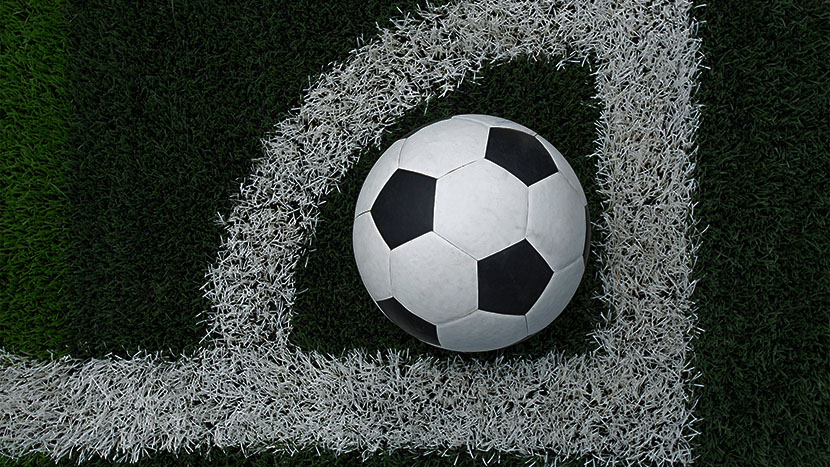The Marvelous Blend of Science and Football
When we think about football, we often imagine players running on the field, making passes, and scoring goals. But did you know that there’s a lot of science behind the game too? Science plays a big role in making football exciting, safe, and fair. Let’s dive into the world where science meets football and learn how they work together to create the beautiful game we all love. Also, if you like to bet football matches you can use the 1xbet website.
The Physics of the Ball
Have you ever wondered why a football curves when a player kicks it? That’s where physics comes in. Scientists study how the ball moves through the air, how it spins, and how players can control it. This helps players make those amazing shots that bend around defenders and surprise goalkeepers.
Player Performance and Training
Science helps players become better by studying their bodies and movements. Sports scientists analyze how players run, jump, and use their muscles. This information helps coaches design better training programs to improve players’ strength, speed, and endurance. Players are also now able to wear special light-weight trackers that keep statistics and help them see how well they play in matches. These trackers give them information that makes them better at playing football.
Injury Prevention and Safety
Football can be tough on players’ bodies, and that’s where science steps in to keep them safe. Researchers study injuries and develop ways to prevent them. They create better gear, like shin guards and helmets, to protect players. Medical experts work with teams to treat injuries and help players recover more quickly.
Artificial Turf and Stadiums
The grass on a football field is carefully designed using science. Scientists create artificial turf that’s durable, safe to play on, and looks like real grass. Stadiums are built to provide the best experience for both players and fans. Architects and engineers use science to make sure the stadiums are comfortable and can hold lots of people.
Refereeing and Fair Play
Even referees get some help from science. Goal-line technology uses cameras to check if the ball goes into the goal, helping referees make sure they’re right about the goals. Video replays also help referees review important moments in a match to ensure fairness.
Tactics and Strategy
Science also plays a big part in how football teams plan their moves and strategies. Coaches use data and analysis to figure out the best ways to play against different opponents. They study how other teams play, what their strengths and weaknesses are, and come up with tactics to win matches. This could mean deciding where players should be on the field, when to pass or shoot, and how to defend effectively. Science helps teams make smart choices and outsmart their opponents, adding a whole new level of excitement to the game.
Conclusion
Science and football might seem like an unlikely pair, but they work together seamlessly to make the game incredible. From the way the ball moves to how players train and stay safe, science is at the heart of it all. So, when you watch a match again, think about all the science that’s there in every pass, every goal, and even when the crowd cheers. Football truly becomes a masterpiece when science adds its magical touch.


































































































